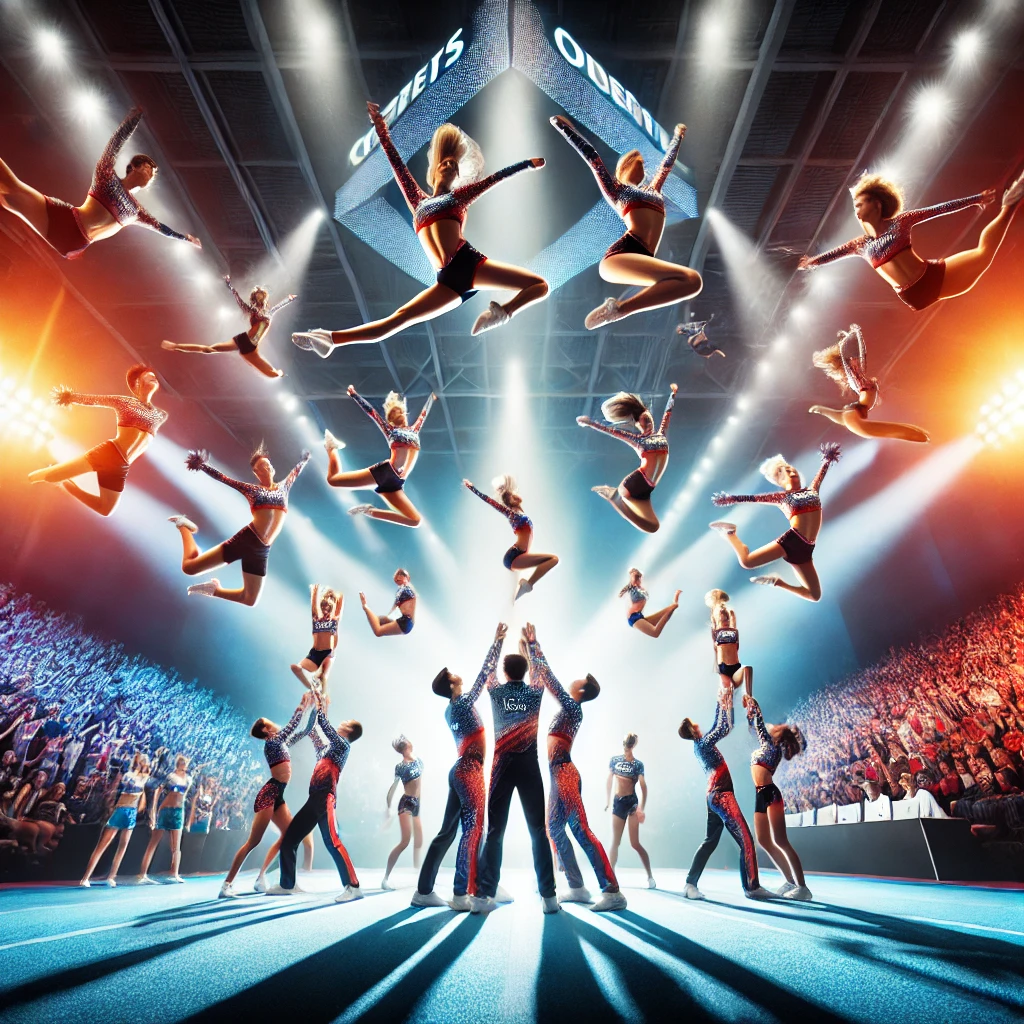Introduction
The question of whether cheerleading is a sport has sparked ongoing debate for years. While some see it as a form of entertainment, others recognize the athleticism, skill, and dedication required to compete at the highest levels. Cheerleading has evolved significantly, shifting from traditional sideline cheers to intense, high-energy competitions demanding strength, agility, and teamwork. But does it qualify as a sport? Let’s break down the key elements that define a sport and analyze how cheerleading measures up.
What Defines a Sport?
To determine whether cheerleading qualifies as a sport, we must first understand the basic criteria that define one. According to organizations like the NCAA and the International Olympic Committee (IOC), a sport typically includes:
- Physical exertion: Requires strength, endurance, and flexibility.
- Competitive structure: Organized competitions with rules and scoring systems.
- Skill and training: Requires practice, strategy, and technique development.
- Governing bodies: Official organizations that regulate competitions.
By these standards, cheerleading exhibits many qualities of a traditional sport. However, misconceptions still exist that categorize it as mere performance art rather than an athletic discipline.
Competitive Cheer vs. Sideline Cheer
Sideline Cheerleading
Traditional sideline cheerleading is what most people think of when they hear the word “cheer.” It involves:
- Supporting sports teams at football or basketball games.
- Leading chants and crowd engagement to boost team morale.
- Performing simple stunts, jumps, and routines for entertainment.
While this form of cheer requires coordination and enthusiasm, it lacks the structured competition found in recognized sports.
Competitive Cheerleading
Competitive cheer, on the other hand, is a physically demanding activity that meets the criteria of a sport. It includes:
- Tumbling, stunts, and high-intensity routines that require extreme athleticism.
- Judged competitions where teams are scored based on difficulty, execution, and synchronization.
- Strict training regimens to develop strength, flexibility, and endurance.
- National and international governing bodies like the ICU (International Cheer Union) regulating events and competitions.
The Athletic Demands of Cheerleading
To better understand how cheerleading qualifies as a sport, let’s explore the athleticism involved:
- Strength & Endurance: Cheerleaders lift and toss teammates in intricate stunts, requiring upper body and core strength.
- Flexibility & Agility: High jumps, splits, and flips demand exceptional flexibility and quick reflexes.
- Precision & Synchronization: Teams must execute complex routines flawlessly to maximize scores.
- Risk & Injury Factor: Cheerleading is one of the most dangerous sports in terms of injuries, often surpassing contact sports like football in terms of concussions and sprains.
Official Recognition of Cheer as a Sport
- International Olympic Committee (IOC): Recognized cheerleading as a provisional Olympic sport in 2021.
- National Collegiate Athletic Association (NCAA): While not yet officially classified as a championship sport, many schools treat cheerleading as an athletic program with scholarships and funding.
- U.S. All Star Federation (USASF) & International Cheer Union (ICU): These organizations oversee competitive cheer at national and international levels, reinforcing its legitimacy as a sport.
Why Some Still Argue Cheer Isn’t a Sport
Despite its athleticism, some critics argue against classifying cheerleading as a sport due to:
- Lack of universal competition at all levels (e.g., sideline cheer remains non-competitive).
- Perception as an entertainment-based activity rather than a structured sport.
- Limited NCAA and Olympic recognition compared to traditional sports.
However, these arguments are quickly losing ground as competitive cheer continues to gain credibility.
Conclusion: Is Cheer a Sport? Absolutely!
When we apply the standard criteria for sports, it’s clear that competitive cheerleading is a legitimate sport. It requires immense physical skill, rigorous training, and competitive structure—just like gymnastics or figure skating. As governing bodies continue to recognize and support cheerleading, it’s only a matter of time before it gains full acceptance on global athletic stages.
So, whether you’re a cheerleader, a coach, or just someone curious about the debate, one thing is certain: cheerleading is more than just pom-poms and chants—it’s a high-intensity sport that deserves recognition.
What do you think? Should cheerleading be officially recognized as a sport worldwide? Share your thoughts in the comments!

Yara Bryant is a dedicated sports journalist with a knack for breaking down game strategies and delivering in-depth analysis. With a strong background in sports coverage, she specializes in football, basketball, and motorsports, bringing fans the latest news, insights, and predictions.


No responses yet